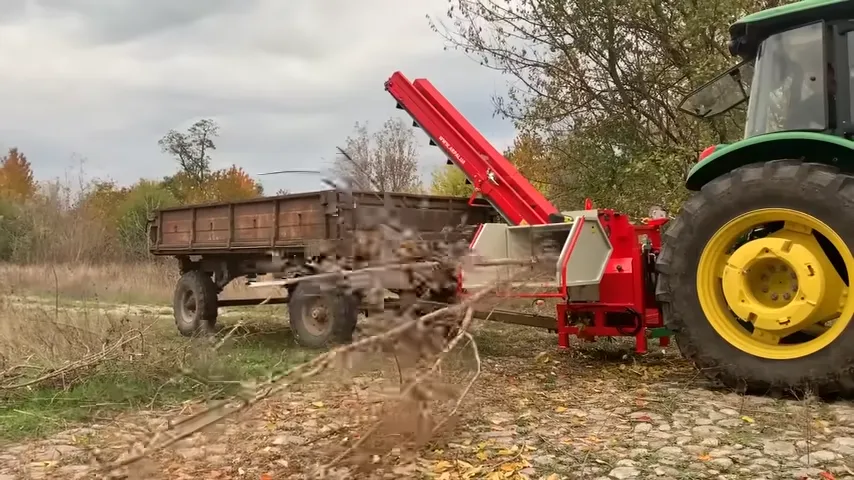A wood chipper can be an incredibly useful tool on a hobby farm, turning piles of brush and branches into valuable wood chip mulch for your garden paths and animal bedding. However, it is also a powerful and potentially dangerous piece of machinery. Learning how to use a wood chipper safely and effectively is absolutely essential to prevent serious injury and get the most out of your equipment.
Table of Contents
🛡️ Essential Safety Gear You Must Wear
Before you even start the engine, you must be wearing the proper Personal Protective Equipment (PPE). The most critical piece of safety gear is eye protection, as wood chippers can throw small debris at high speeds. Sturdy work gloves are also essential to protect your hands from splinters when handling brush. It’s also highly recommended to wear hearing protection, as these machines are extremely loud and can cause permanent hearing damage with prolonged exposure.
⚙️ How to Prepare Your Machine and Materials
Before each use, perform a quick inspection of your wood chipper. Check the oil and fuel levels, and make sure there are no loose parts or visible damage. When preparing your materials, it’s best to feed the chipper with long, straight branches. Avoid trying to chip short, tangled pieces of brush, as this can lead to jams. It’s also important to feed the branches in butt-end first. Never put anything other than clean wood into the chipper; rocks, dirt, and other materials can damage the blades.
⚠️ The Golden Rules of Safe Operation
When operating the chipper, safety should be your top priority. Always stand to the side of the infeed hopper, never directly in front of it. Never, ever reach into the hopper while the machine is running, even if it seems to be jammed. If there is a clog, turn off the machine completely and wait for the flywheel to stop spinning before attempting to clear it. Finally, work at a steady, deliberate pace. Rushing is a common cause of accidents with this type of machinery.
More Topics
- What Is the Golden Hour and How Do You Use It in Photography?
- What Is a Prime Lens and Why Should You Use One?
- How to Photograph in Harsh Daylight Without Losing Detail
- How to Improve Your Photography Composition Skills Today
- How to Choose the Best Travel Camera for 2025
- How to Light Portraits at Home on a Budget
- How to Master Manual Mode on Your Camera in 2025

